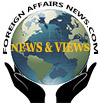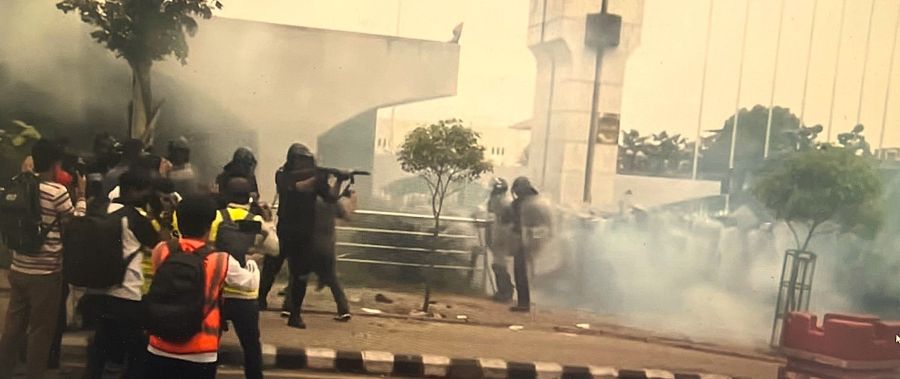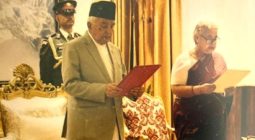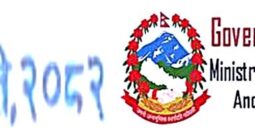Nepal saw an usual accidents in various parts of the country including Kathmandu, Chitwan, Jhapa, Birgunj, Hetauda, Pokhara, Biratnagar, Butwal, Baglung, Nepalgunj, Dhanagadhi and other places.
As thousands of Gen-Z young people almost students those born between 1997 and 2009 in their school and college uniforms joined the protest, holding signs that read “Shut down corruption and not social media”, “Unban social media”, and “Youths against corruption”, as they marched through Maitighar of central Kathmandu heading towards New Baneshwor where the Nepal’s Parliament building is located.
But while those all Generation-Z groups are demonstrating peacefully over the decision to ban social platforms including Facebook, WhatsApp, Messenger, X, YouTube as well as over wider dissatisfaction with the political corruption led to clashes between protesters and security forces killed 19 people and injured hundreds.
Monday’s suppressions were the highest in the history of Nepal. In the 1990 political change movement 42 people lost their lives in nearly one and half a month aggression, while in a 19 days aggression against the political movement against King Gyanendra in 2006 April/May 21 people were killed.
Meanwhile, in a press release issued by the UN Human Rights Office in Geneva, the spokesperson Ms. Ravina Shamdasani has said that “We are shocked by the killings and injury of protesters today and urge a prompt and transparent investigation.
“We have received several deeply worrying allegations of unnecessary or disproportionate use of force by security forces during protests organized by youth groups demonstrating against corruption and the recent Government ban on social media platforms,” she said and added, “We call on the authorities to respect and ensure the rights of peaceful assembly and freedom of expression. All security forces must comply with the basic principles on the use of force and firearms by law enforcement officials.”
“Nepal enjoys a lively democracy and active civic space, and dialogue is the best means to address young people’s concerns. We urge reconsideration of measures to regulate social media to ensure they comply with Nepal’s human rights obligations,’ she concluded.
Likewise, the Embassies of Australia, Finland, France, Japan, the Republic of Korea, the United Kingdom and the United States of America in Nepal have issued a joint statement saying “Our governments reiterate their strong support for the universal rights to freedom of peaceful assembly and expression,” the statement said. “We urge all parties to exercise maximum restraint, to seek a peaceful solution without allowing the situation to deteriorate further, and to ensure the full protection of these fundamental rights.”
They also appealed to all parties to exercise maximum restraint.
Also, various media outlets across the globe including Australia, Europe, Japan, Korea, US are also publishing news giving priority to the mass protest of Nepal’s Gen-Z movement saying not to suppress the voice of the young generation respecting freedom of expression.

Meanwhile, the Kathmandu District Administration Office imposed a curfew within the Ring Road area effective from 8:30 am Tuesday until further orders,
During the curfew period, movement of people, except for essential service vehicles, is prohibited, as well as holding meetings and rallies or any kind of demonstration.
According to the sources, the curfew has been imposed in various cities of the country too.
But according to the latest news update, a new generation of youth are gathering in New Baneshwor Chowk around the Parliament building and have been protesting since the morning defying the curfew order of the government.








